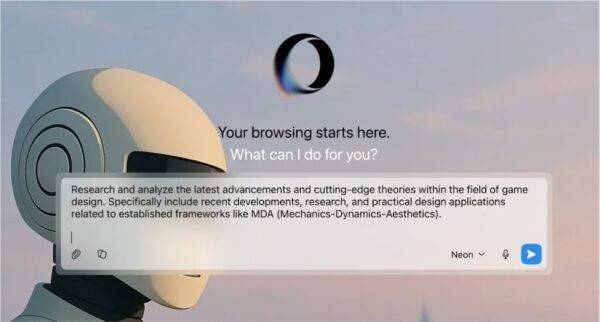主讲人
李则熹(浙江大学生命系统工程与食品科学学院)
本期论文
Towards Universal Representation Learning for Deep Face Recognition
universal representation learning
universal representation learning是一种针对人脸识别的通用表示学习算法框架,并且该框架也可以被应用到其他的视觉识别领域。
通常情况下,识别自然环境下的人脸是非常困难的,因为它们会出现各种各样的变化,比如脸的角度、遮挡、光线、低分辨率等。传统的方法一般通过引入新的变化数据来适应训练数据,将训练数据和一些变化综合在一起,如低分辨率、遮挡和脸的角度。然而,直接输入数据增强之后的训练数据(augmented data)并不会让网络很好地收敛,因为新引入的样本大多是困难样本(hard examples)。而这篇文章提出了一个通用的表示学习框架,它可以处理给定训练数据中可能产生的变化,而不需要利用目标领域的知识。作者将嵌入的特征(feature embedding)分解成多个子嵌入,并将每个子嵌入与不同置信值关联起来,使训练过程更加平滑。通过将变化分类损失和变化对抗损失在不同的分区上正则化,来进一步处理相关子嵌入,已获得更好的表示(representation)。实验表明,该方法在LFW和MegaFace等一般人脸识别数据集上取得了较好的性能,在TinyFace和IJB-S等极端基准上取得了较好的性能。
文章摘要
文章提出了目前的人脸识别存在的问题:
Recognizing wild faces is extremely hard as they appear with all kinds of variations. Traditional methods either train with specifically annotated variation data from target domains, or by introducing unlabeled target variation data to adapt from the training data。通过将目标域与训练域尽可能接近。
为了去掉存在的问题,文章进一步提出了:propose a universal representation learning framework that can deal with larger variation unseen in the given training data without leveraging target domain knowledge。其中所谓的framework 包含some semantically meaningful variations, such as low-resolution, occlusion and head pose
但是直接训练augmented data for training,则不会得到很好的训练结果 ,主要是这些augmented data 为hard examples。为了解决此问题,再次提出:
1.split the feature embedding into multiple sub-embeddings, and associate different confidence values for each sub-embedding to smooth the training procedure。
2.The sub-embeddings are further decorrelated by regularizing variation classification loss and variation adversarial loss on different partitions of them
分享视频













评论 (0)